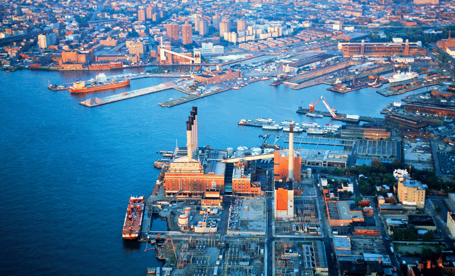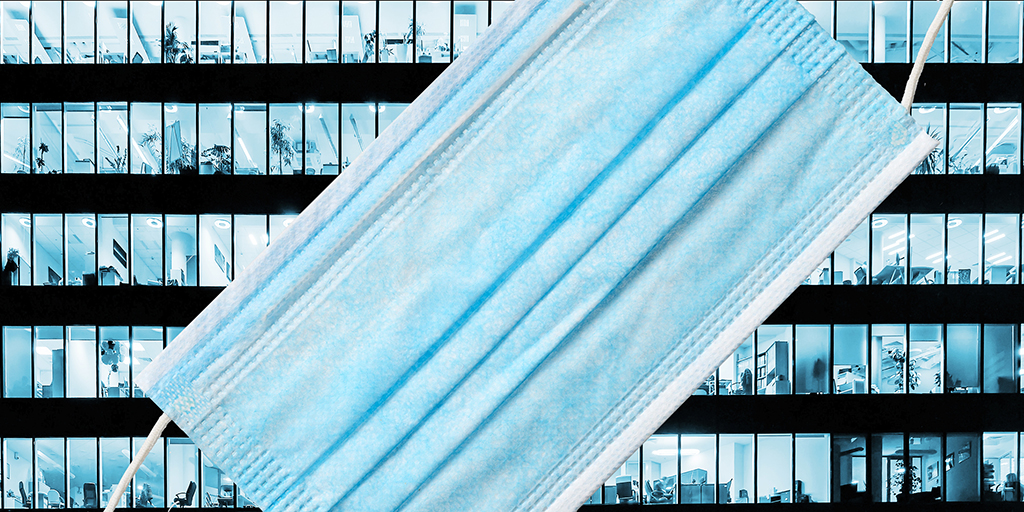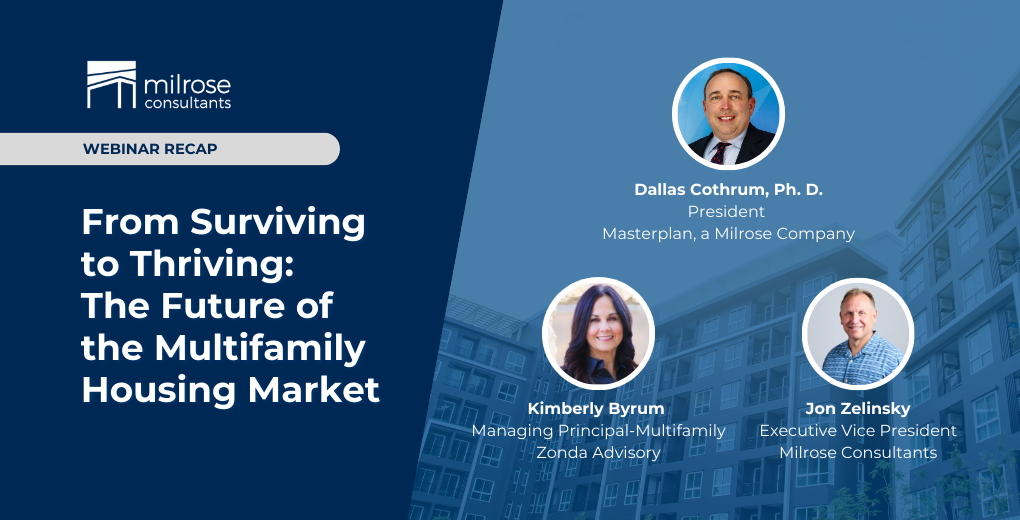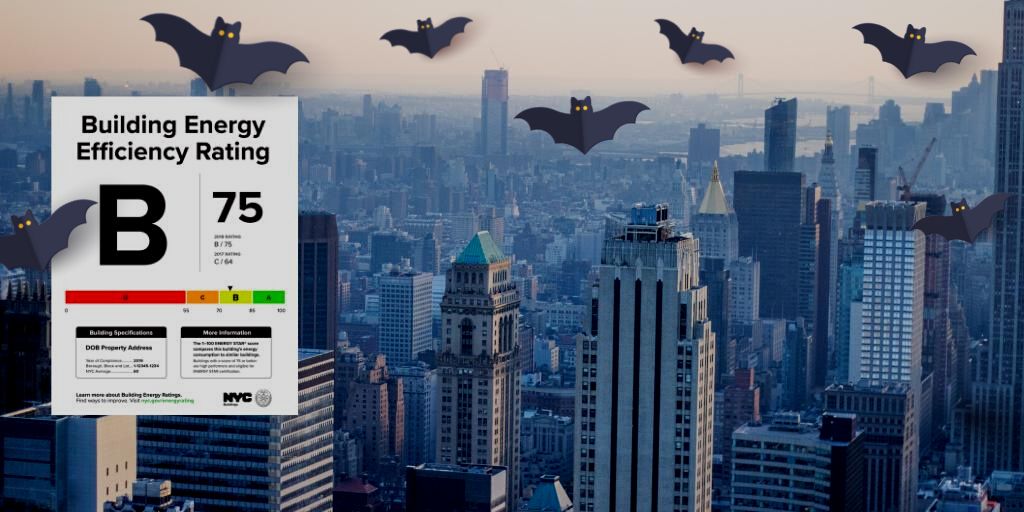COVID-19 has been a serious disruption to countless businesses. The impacts range well beyond just the current state of operations. One aspect of the fallout companies have had to deal with is what to do with physical office space as the workforce stays at home.
 |
Many decisions on subleasing space will need to be made in the next few months. What makes this particularly complicated is organizations will need to consider preparations even as the future of traditional offices is uncertain.
To help stakeholders better prepare, we sat down with Jaclyn DiRenzo, Milrose Senior Regional Sales Manager, to discuss what business leaders need to know about subleasing space after COVID-19 and what building code considerations should be taken into account.
Employers look beyond city center
There is an urban exodus afoot. Perhaps the biggest likely outcome related to leasing and subleasing for workplaces is employers looking to less densely populated areas.
In the NYC area, this means a major shift from demand for Park Avenue addresses and skyscrapers to more quaint workplaces in suburban office parks.
"The main risk of city center locations that employers are weighing is the densely-packed nature of offices," says DiRenzo. "Companies are being very cautious right now and carefully reevaluating their space needs."
According to Reuters, space per worker in Manhattan was just 150 to 125 square feet by the time of the financial crisis, and has been further cut in half with the rise of coworking — a trend that's sure to recede for now.
Yet it's not just tightly packed workplaces that present health risks. The more densely populated the area, the more contact employees are exposed to: whether on public transportation during commutes, in elevators, in shared common spaces and even on lunch walks.
"There will be a long-term adjustment about how we think about our locations," Barclays PLC Chief Executive Officer Jes Staley said on an earnings call, according to Bloomberg.
Where will employers go?
 |
Suburbs will likely be an in-demand destination. Other less-populated city locations that are accessible without having to utilize public transportation, like Brooklyn Navy Yard, may also be leading options, while New Jersey and surrounding states are also in the discussion.
What will offices look like?
Perhaps the more pressing question is what will workplaces look like once more employees physically return to work.
To mitigate or even eliminate contact-related risks, businesses may increasingly look to rent in buildings that are not as tall, allowing employees to use the stairs instead of elevators, and sites that provide parking to allow employees to drive in lieu of public transit. Other changes that are likely being discussed include:
- Making elevators safe by limiting the number of people using it at one time and installing voice-activated controls.
- Designing conference rooms so that employees can observe social distancing and still be collaborative.
- Arranging the seating to ensure employees are properly spaced or protected by partitions — this likely means bench seating is now a non-starter.
- Widening aisles and designating certain hallways as one-way foot traffic.
- Upgrading HVAC systems for cleaner air and better ventilation.
Ensuring subleased space is code compliant
NYC building owners and their tenants face additional challenges. Namely, they'll have to navigate the process of how to carve up space to allow them to sublease offices in the event of an economic downturn, or if companies decide to diversify their real estate portfolio and expand to less urban locations. Specifically, tenants and building owners will have to make sure their space addresses certain building code compliance requirements.
Milrose's Jaclyn DiRenzo noted the following building code requirements should be taken into consideration when evaluating potential sublease spaces:
- Having the requisite means of egress relative to square footage (e.g., two egress points for offices over 7,500 square feet).
- Providing tenants direct access to bathrooms and other public amenities without requiring tenants to cross through another tenant's space.
- Providing tenants access to the common corridor.
- Ensuring the proper fire rated separation between the tenant and sublease space.
- Reconfiguring Places of Assembly to provide adequate space for social distancing.
- Properly filing all plans with the Department of Buildings for the new space configuration.
Looking at long-term impacts
The trend of moving away from the city center will undoubtedly create a wake in the office real estate market that will spawn countless other trends. Opportunities might come to light amid difficult transitions.
Developers in suburban markets, for instance, may see greater demand for office space.
But along with the upside for some comes the downside for others. Smaller, Class C properties may see a dearth of demand as employers avoid cramped spaces which may be prevalent in these older buildings with small lobbies and smaller elevator cabs. On the other hand, Class A and B building owners will need to determine how much to invest in renovations, technological upgrades and infrastructure enhancements to help satisfy tenant safety concerns.
Contact Milrose for code expertise
 Ultimately, no one really knows how this might turn out. Employers may lease even more space to accommodate social distancing requirements, or they might downsize significantly and embrace remote work, and some may find a happy medium.
Ultimately, no one really knows how this might turn out. Employers may lease even more space to accommodate social distancing requirements, or they might downsize significantly and embrace remote work, and some may find a happy medium.
Regardless of whether you choose to stay in your office building or sublease a smaller space, Milrose can help you by reviewing your preliminary design to assist with any code or zoning issues to ensure full code compliance prior to filing. Contact us today to learn how we can help you navigate the challenges you are facing due to COVID-19 and come out stronger on the other side.







